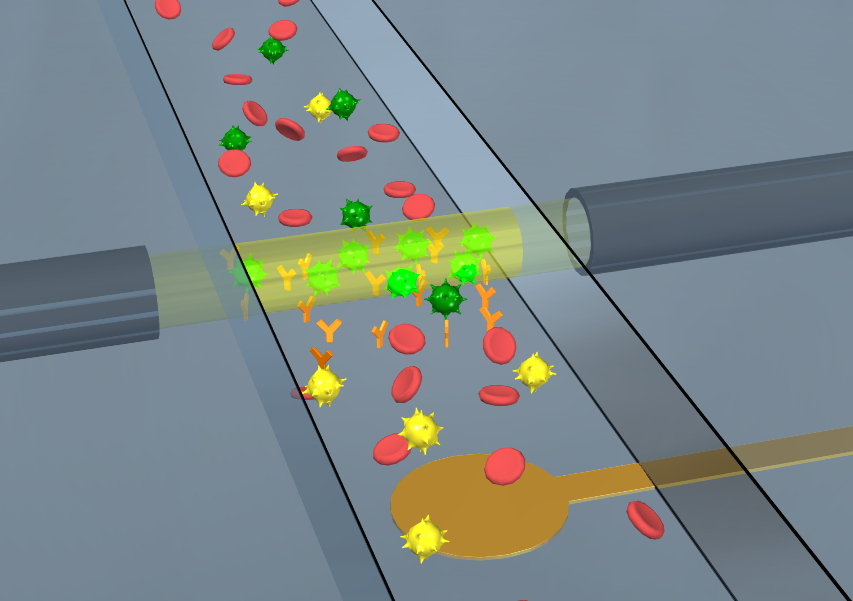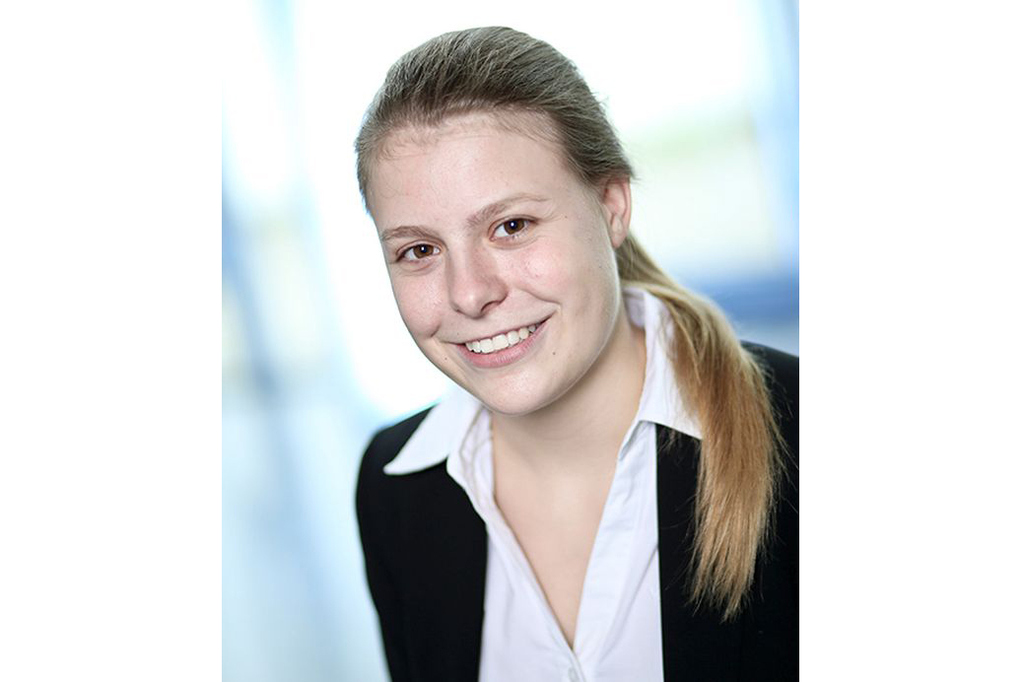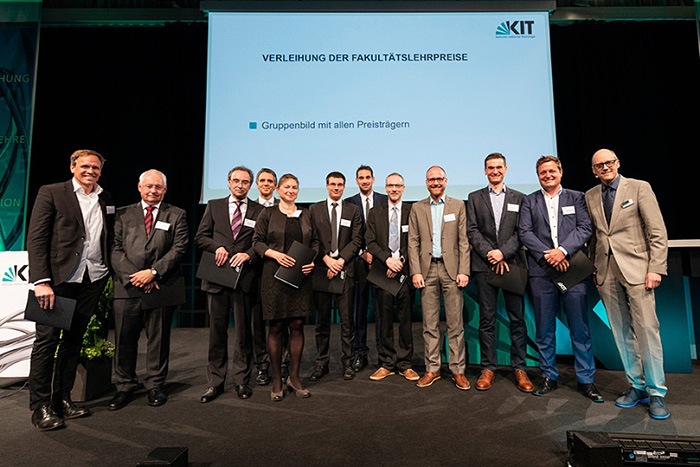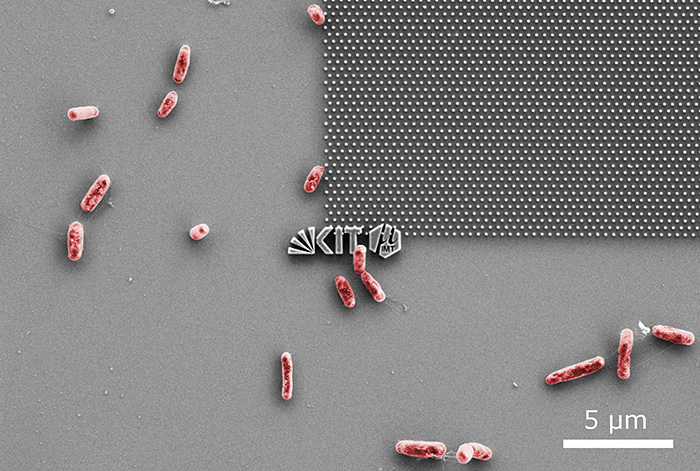Lab on a Chip (LoC)
Dr. Ralf Ahrens (microfluidics, assembly and connection technologies) [Contact]
Dr. Kerstin Länge (biofunctionalization, bioanalytical detection methods, biosensors) [Contact]
Welcome...
… to the homepage of the “Lab on a Chip” research group. We investigate all aspects required to develop lab-on-a-chip systems for understanding the functionality of soft matter and biomolecular systems. This includes the design of customized microfluidic devices as well as the development of surface coatings that enable both implementation in the specific device material and application in bioanalytical experiments, the latter using biosensors or other bioanalytical detection methods.
Our research contributes to the research program Materials Systems Engineering (MSE), Topic 5: Materials Information Discovery, in the research field „Information“ as defined by the Helmholtz Association. Link to MSE website.

Lab-on-a-Chip Systems
The development of high-performance lab-on-a-chip systems includes the design of customized microfluidic devices as well as the development of surface coatings that enable implementation in the specific chip material and application in bioanalytical experiments. Microfluidic chips that combine several layers of different materials require careful application of assembly and connection techniques to ensure full functionality of the device. Surface coatings must be adaptable to the chip material and at the same time fulfil the requirements of the bioanalytical application. Transfer of the coatings to biosensors and other analytical devices outside the lab-on-a-chip setups allows independent characterization and optimization of the surface functionalization with regard to performance in bioanalytical applications.
Microfluidics
We develop microfluidic systems for applications in the field of microanalytics (lab-on-a-chip), bioanalytics, cell cultures (organ-on-chip), and for the synthesis of biomolecules. The main advantages of these microsystems are the ability to use very small amounts of (bio-)chemical substances or samples and the potentially high parallelization of biological and biomedical experiments up to high throughput screening applications.
Assembly and Connection Technology
The manufacturing of microfluidic devices for bio-applications, such as lab-on-a-chip systems, requires both the selection of suitable biocompatible materials and the use of suitable assembly and connection methods, taking into account the resulting design requirements. In addition to adhesive bonding techniques, thermal bonding and ultrasonic welding, laser welding in 2 µm technology is also available, which even allows the joining of transparent polymer materials.
Biofunctionalization
Biofunctionalization includes the immobilization of biomolecules on surfaces used in bioanalytical assays. In this case, the biofunctionalized surface must ensure the specific binding of analyte molecules (i.e., molecules to be detected) while preventing non-specific binding of molecules present in the sample background (i.e., molecules not to be detected) to avoid false-positive signals. In addition, the design of the sensing layer and the biofunctionalization procedure have to be chosen in accordance with the chemical environment provided by the surrounding lab-on-a-chip materials as well as the detection principle involved. The current focus is on surface biofunctionalization methods using mild conditions for chemically sensitive materials such as polymers used in lab-in-a-chip devices
Bioanalytics
Specific analyte detection is an ongoing challenge in the life sciences. The specificity is usually achieved by exploiting the lock-and-key principle, which is implemented in surface-based bioanalytical detection devices (e.g., microplates, biosensors, lab-on-a-chip devices) by applying appropriately biofunctionalized surfaces. Microplate photometer, acoustic and electrochemical biosensor setups are available. In addition to the quantification of biomarkers, methods allowing time-resolved monitoring of the binding events on the surface (e.g., biosensors) enable the calculation of kinetic and thermodynamic constants of the molecular interaction. Our current applications include the detection of biomarkers in real samples, such as the quantification of disease markers (e.g., cancer or cardiac markers) in body fluids.

For her Master Thesis “Production, investigation and parametrization of bactericidal nanostructures on silicon and titanium” conducted in IMT‘s BioMEMS group Leona M. Schmidt-Speicher was honored with the Erna-Scheffler-Prize (Photo: private). Press Release

IMT researcher and head of the department “Microsystems for Life Sciences” Prof. Dr. Guber (in picture second from left) has been honored with the Teaching Award 2019 of the Faculty of Mechanical Engineering for his interdisciplinary lecture series BioMEMS I to IV (Photo: KIT). Teaching Award

Scientists of the KIT optimize dental prosthesis with nanostructured surfaces (Photo: Patrick Doll, KIT). Press Release

